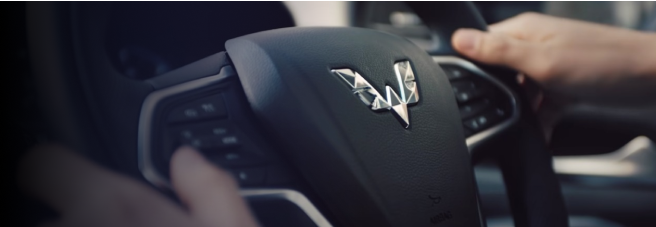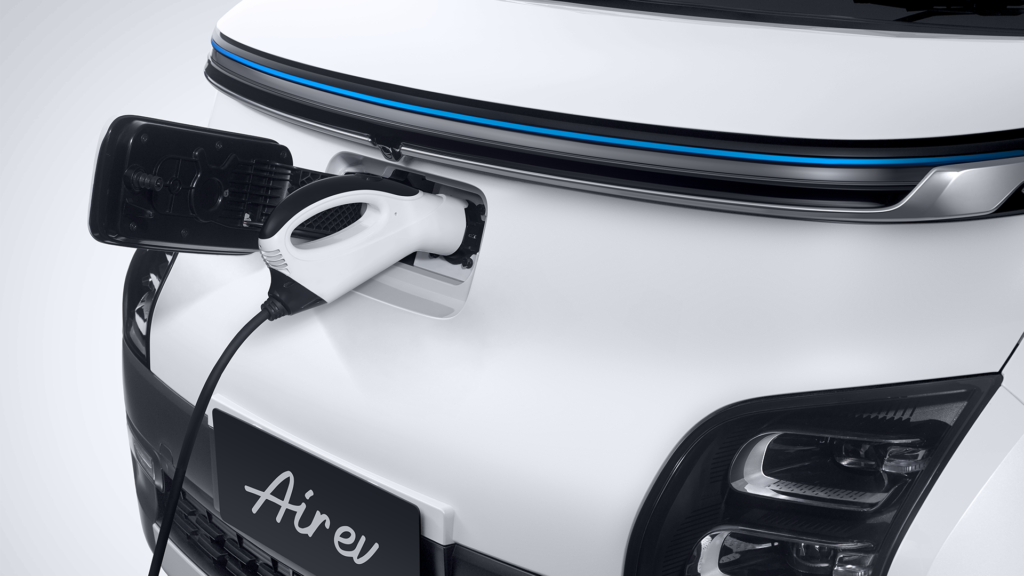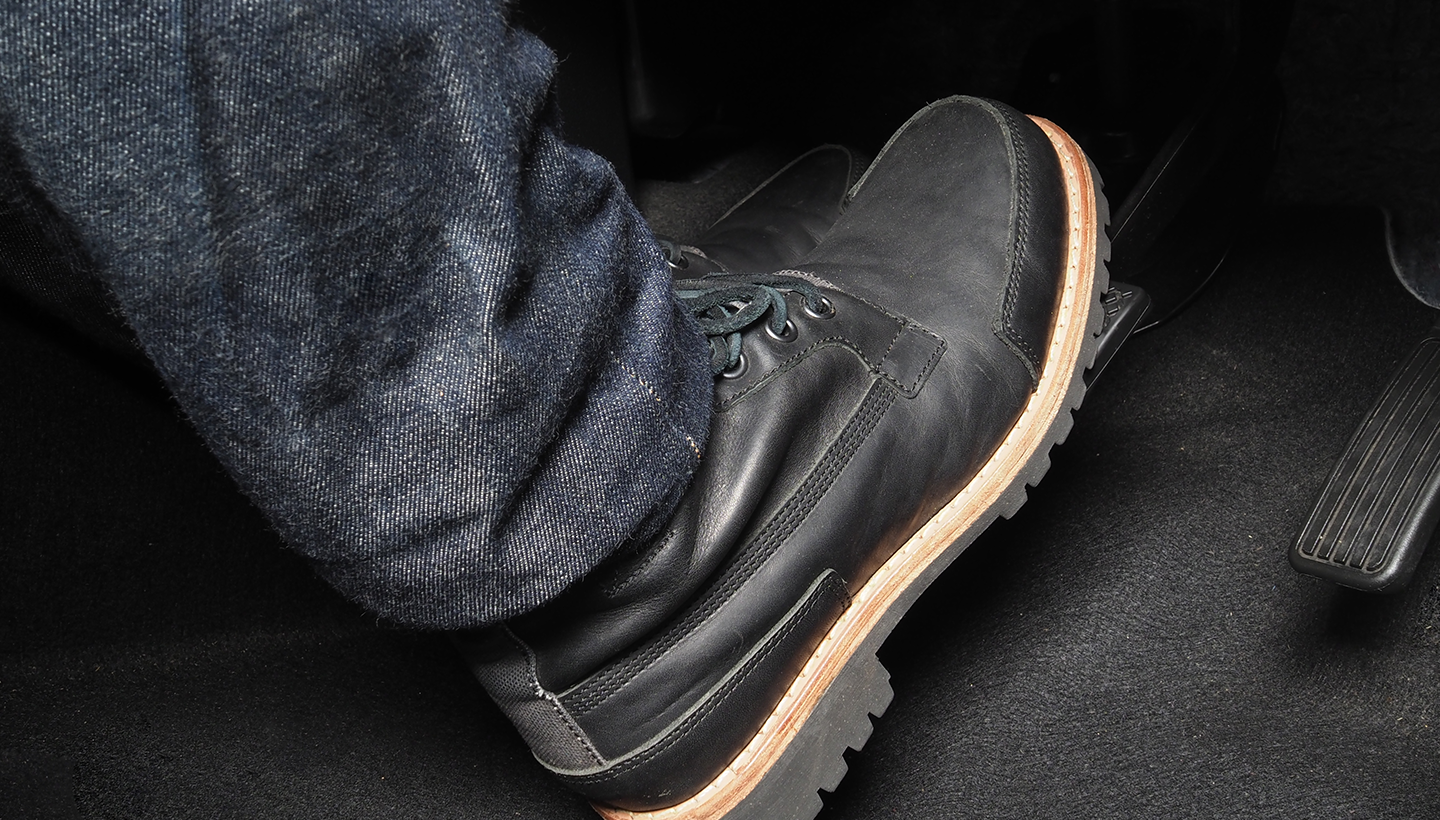
When driving, you often encounter emergency situations that force you to apply the brakes suddenly. For instance, the vehicle in front abruptly stops or turns, a pedestrian unexpectedly crosses the road, or there are other scenarios that require you to rapidly reduce speed or bring the vehicle to a halt. Such occurrences can lead to collisions and accidents, especially when driving at high speeds.
However, abruptly applying the brakes is not recommended as it can have adverse effects and pose risks, not only to yourself but also to others. What are the potential dangers and hazards associated with sudden braking?
The Hazards of Sudden Braking
There are several adverse effects and dangers that can arise from suddenly braking a vehicle, including:
1. Wheel Locking
Sudden braking can cause the vehicle's wheels to lock, resulting in loss of traction. This makes the vehicle challenging to control and increases the likelihood of skidding.
2. Rear-End Collisions
Applying the brakes suddenly may prevent the vehicle behind you from slowing down or stopping in time, leading to a rear-end collision. This risk is heightened in congested traffic conditions, where a chain reaction of collisions can occur due to the volume of vehicles on the road.
3. Endangering Passenger Safety
Baca Juga
Sudden braking can endanger the safety of passengers within the vehicle. When sudden braking occurs, passengers may not have sufficient time to stabilize themselves, leading to an inertia-driven movement forward. If passengers are not wearing seat belts, they can sustain injuries from being thrown forward, particularly children with lighter body weight.
4. Accelerated Tire Wear
Frequent sudden braking can accelerate tire wear due to increased friction with the road surface. This leads to quicker tire deterioration, making the vehicle more difficult to control as tire grip decreases. Consequently, worn tires should be promptly replaced with new ones.
Relevant Regulations for Sudden Braking
Regarding sudden braking, Indonesian traffic laws are stipulated in Law Number 22 of 2009 Concerning Road Traffic and Transportation, specifically articles 116 and 117. Article 116 mandates drivers to slow down if they encounter six situations
- Passing public vehicles picking up or dropping off passengers
- Passing vehicles drawn by animals, ridden animals, or herded animals
- In rainy weather or when facing water puddles
- Entering community activity centers not yet marked by traffic signs
- Approaching intersections or railway crossings
- Observing pedestrians about to cross
In other words, based on these regulations, drivers are prohibited from abruptly applying the brakes. Furthermore, Article 117 of the same law stipulates that drivers intending to brake must also observe traffic conditions beside and behind the vehicle without endangering other vehicles.
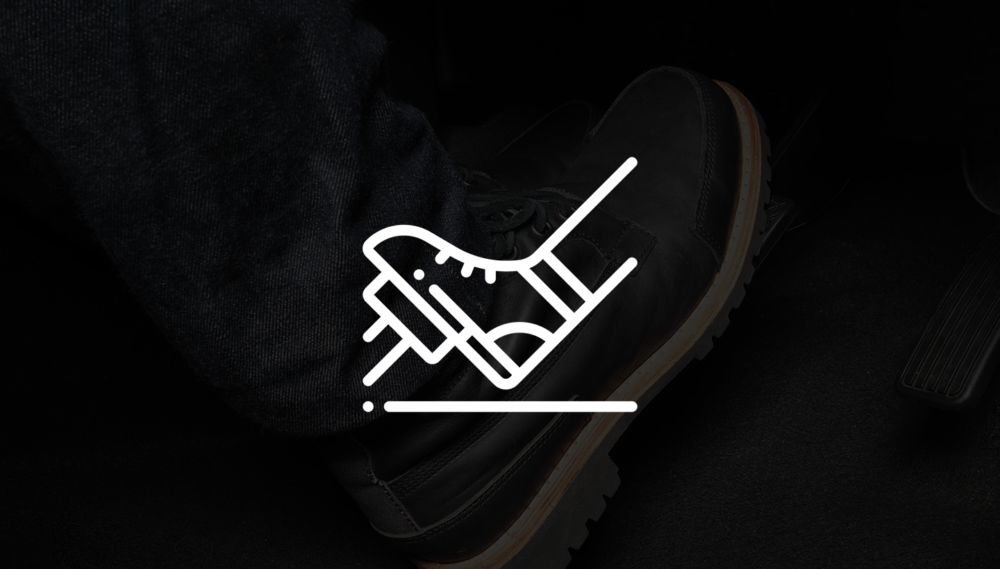
Tips for Sudden Braking Situations
Baca Juga
However, certain road situations may necessitate an emergency braking maneuver. In such cases, consider the following tips for sudden braking:
- Lift your foot off the accelerator pedal immediately when sudden braking is required. This prevents the vehicle from accelerating further.
- Depress the brake pedal firmly to significantly reduce the vehicle's speed and eventually bring it to a stop. Consider the vehicle's braking capability and adjust the pressure on the brake pedal accordingly.
- If passengers are present, instruct them to hold onto handles and fasten their seat belts to prevent forward inertia-driven injuries.
For safer and more comfortable driving, you can also make use of the Forward Collision Warning (FCW) feature, which is part of the Advanced Driver Assistance System (ADAS). FCW detects potential collisions ahead and alerts the driver with auditory warnings, visual displays, or even automatic brake interventions, depending on the level of danger. This feature is available in Wuling Almaz and Alvez, operational at speeds between 30 and 150 km/h.
The FCW Feature's Operation
The FCW system operates on the principle of sensing and data analysis, functioning as follows:
- Sensors on the vehicle, such as radar and cameras, continuously monitor traffic conditions ahead. This data collection includes the distance and speed of vehicles in front.
- The FCW system then analyzes sensor data to determine the risk of a front collision. This analysis factors in relative speeds and distances between vehicles.
- If the system detects a potential high-risk collision, it issues a warning to the driver. This warning could manifest as visual alerts, audible signals, messages on the instrument panel, or steering wheel vibrations.
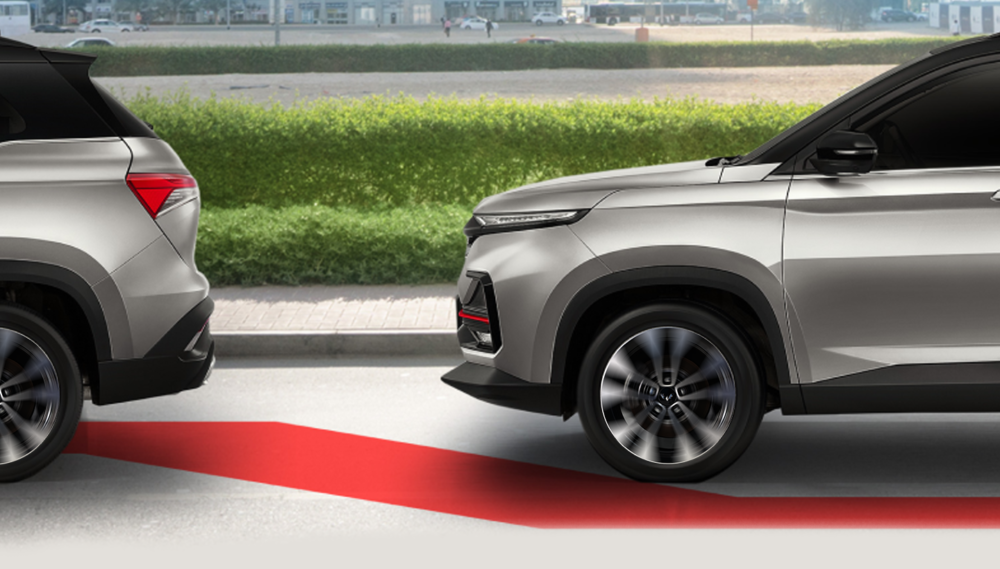
Benefits of the Forward Collision Warning Feature
Utilizing the Forward Collision Warning feature offers several benefits for driver safety and comfort, including:
- Early Collision Warning: FCW provides early warnings to reduce the risk of collisions, affording drivers more time to react and avoid potential crashes.
- Reduced Collision Impact: By prompting drivers to slow down before an impending collision, FCW helps reduce the impact of accidents and consequently lessens the severity of resulting injuries.
- Alerting Distracted Drivers: FCW reminds drivers of their inattentiveness while driving, thus mitigating the risk of accidents due to driver negligence.
Specific Conditions for the Forward Collision Warning Feature
The FCW system operates at different speeds for different targets, adhering to the following guidelines:
- When targeting moving vehicles, FCW operates within speeds of 30 to 150 km/h (for radar configurations).
- When targeting stationary vehicles, FCW operates within speeds of 30 to 85 km/h (for radar and camera configurations).
- When targeting crossing pedestrians, FCW operates within speeds of 30 to 65 km/h (for radar and camera configurations).
Additionally, there are specific conditions where the FCW system may not respond, thus requiring drivers to exercise caution. These conditions include:
- Vehicle speed outside the operational range
- The driver is actively steering or pressing the gas pedal forcefully
- FCW and/or vehicle stability system (ESC) deactivated
- Unstable vehicle
- Blocked radar
- Stationary or crossing vehicles or objects
- Approaching vehicles in the same lane
- Oncoming vehicles
In conclusion, the Forward Collision Warning feature helps reduce the risk of road accidents, enhancing safety and protection for drivers and passengers. However, drivers must remain vigilant and fully aware while driving, as this feature does not substitute for the driver's role.
Drive cautiously and prioritize the safety of yourself, passengers, and fellow road users. Adhere to recommended speed limits and avoid excessive speeding, allowing you to maintain better control of your vehicle in emergency situations that require sudden braking.
SHARE:












